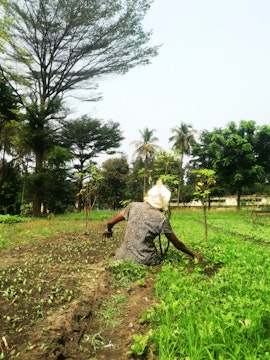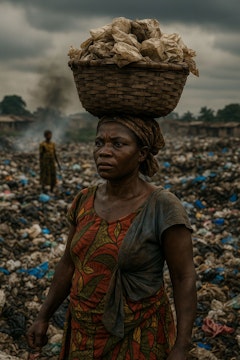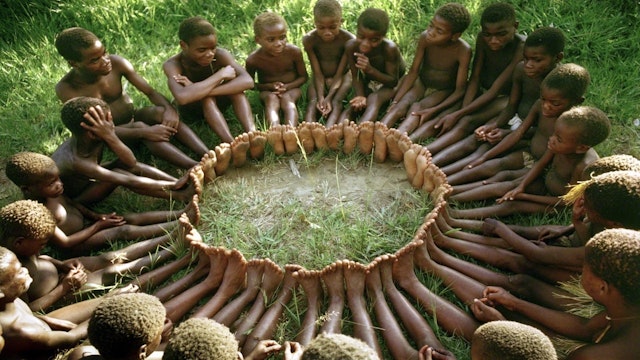Kobondila Dance
In a world where the elements shape our lives and beliefs, people and their affiliations with earth, water, fire and air have always been subjects of fascination and debate
In a world where the elements shape our lives and beliefs, people and their affiliations with earth, water, fire and air have always been subjects of fascination and debate
Ancient traditions and mythological accounts have often suggested a deep connection between certain cultures and the primordial forces of nature. Here we will tell you about the Bakongo women of the Lower Congo province of DRCongo, often associated with the earth, which embodies strength and stability. Their link with this fertile, robust soil anchors them in a tradition of wisdom and perseverance. But behind this fixed image lies an unexpected resilience, an ability to renew themselves and adapt to the tumultuous changes in the world around them by taking care of their environment.
Their story is one of constant, creative rebirth and a determination to forge a new future from the ashes of the past. These women from the Lower Congo shared their beliefs with us by talking about cosmogony, which is the body of mythology that explains the birth of the world and humanity. This is to be distinguished from cosmology, which is the science of the structure, origin and evolution of the universe. By analysing Kongo beliefs and cosmogony, we return to the very basis of their power.
Through these different stories, we understand that the Kongo kingdom finds its form and territorial organisation in its ancestral beliefs, and that these directly influence their daily life and survival. For them, human power coexisted with and was assumed by spiritual power, and spirituality and politics were inseparable and the foundation of everything. Thus, we find rituals, symbols and gestures that have a particular meaning in Kongo cosmogony.
One of these examples is the dance, which is symbolised by a continuous rotational movement, similar to the movement of the sun in the sky and to the conception of life that these natives have. What's more, human life is seen as a continuum: sunrise is the beginning of all life, while sunset represents death and the beginning (rebirth) of new life in Mpemba (in other words, the world of the dead, of the ancestors). So the dead never really die out. In so doing, these women are asserting themselves as those who bypass a path, in other words, they are by no means strangers to this world, for they were here before, and they will be here again.
These dances show the influence of spirituality and initiation, which are the pillars of their existence and well-being, and these rituals consist of asking the spiritual forces to accompany them in preserving their land, their environment. Once accepted, they can now do their bit physically, and enforce the prohibitions, which effectively force their people to take care of their environment, because for them the spiritual governs the physical,










